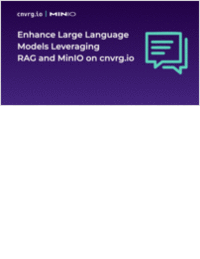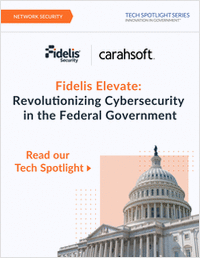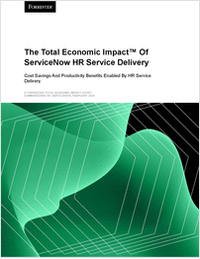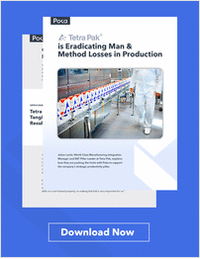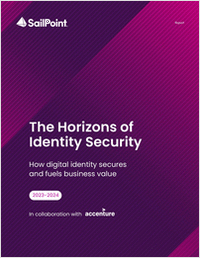Request Your Free Report Now:
"Zero-Trust Adoption Driven by Data Protection, Cloud Access Control, and Regulatory Compliance Requirements"
Zero-trust initiatives are a key focus for many companies. Nearly 30% of organizations are already rolling out zero-trust initiatives to control access to their data and assets and more than 80% will have the capability within the next 18 months. Organizations are addressing cybersecurity challenges by enhancing identity and access management, privileged-access management, and data classification. They expect to see budgets for zero-trust initiatives grow modestly over the next 12 months.
Dark Reading’s 2023 Zero-Trust Survey of 124 IT and security professionals points to factors driving zero-trust adoption, including efforts to bolster data protection, enable better cloud access control, meet regulatory compliance requirements, and address risks related to a growing remote workforce. Many enterprises have implemented a zero[1]trust security strategy in the past year — or plan to do so over the coming 12 months — to address a variety of security use cases. By the end of 2024, more than 80% of the IT and security professionals in Dark Reading’s survey expect to have a zero-trust initiative in place at their organization. The primary drivers for zero-trust adoption are data protection, cloud access control, remote workforce[1]related risks, and regulatory compliance interest in zero-trust models cuts across organizational size and industries. Relatively small organizations and very large organizations appear to be adopting zero-trust approaches in equal numbers. Many of those who have deployed zero trust as well as those still in the process of doing so expect long-term benefits that extend beyond strong access controls and authentication. A high percentage of organizations already have key components in place for enabling zero-trust architectures. These include strong identity and access management (IAM) controls, multifactor authentication (MFA), single sign-on (SSO) capabilities, and endpoint detection and response mechanisms. Employing these controls, security and IT professionals mostly appear confident about their ability to address threats related to identity and access. But challenges remain, especially around password management, managing cloud access, enforcing least-privileged access, and managing privileged access. Over the next 12 months, many organizations plan to address these challenges by enhancing their capabilities in several of these areas — including IAM, privileged-access management, and data classification. A high percentage of respondents expect to see budgets for zero-trust initiatives grow over the next 12 months. Even so, the increases would likely be modest: The expected percentage increases tended to be on the lower side.
Offered Free by: Dark Reading
See All Resources from: Dark Reading


